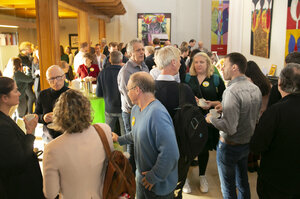
On 21 November 2022, the Intelligent Lighting Institute (ILI) of Eindhoven University of Technology (TU/e) organizes its annual public outreach event. During this event we highlight recent developments in responsible research & innovation in science & technology in light & intelligent lighting and its applications in, for instance, health & well-being. This year we focus on the role of light in preventing diseases by a healthy living environment and behavior. Light has a powerful impact on human everyday functioning. It is the most important time cue of our biological lock. Moreover, light can induce more acute beneficial effects on alertness mood and performance. ILI is preparing Light 4 Life, an NWA proposal on this subject. We would like to share the current research ideas and have invited guest speakers from potential partners in this research.
Guest speakers ILIAD 2022
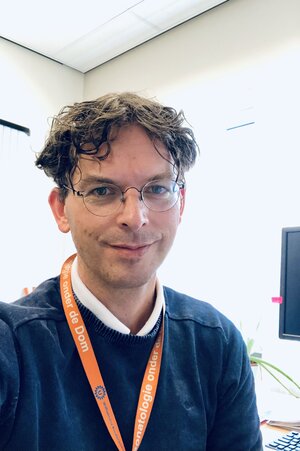
Jeroen Dudink
Dr. Jeroen Dudink is a pediatrician at Wilhelmina Children's Hospital and associate professor at UMC Utrecht. As a pediatrician, he specializes in neonatology, the care of sick or preterm infants.
Dudink's research focuses on imaging of the neonatal brain, the neonatal cerebellum and sleep. He conducted important research on sleep deprivation during hospitalization. Especially in neonates, sleep is essential for brain development.
As a pediatrician, Dudink was previously affiliated with Hammersmith Hospital in London and Sophia Children's Hospital in Rotterdam. At the Erasmus Medical Center, he completed a PhD on MRI research in neonates. Before that, he studied medicine at the University of Leuven.
Presentation: Light for neonatal care
A disruption of the typical circadian maternal rhythm during pregnancy is associated with negative effects on neonatal development. When babies are born preterm (before 37 weeks of gestation), maternal cues no longer synchronize the neonate’s circadian system, instead, babies are exposed to the disruptive extra uterine environment of the neonatal intensive care unit (NICU) which may adversely affect the neonate. There is increasing evidence that introducing robust light-dark cycles in the NICU has beneficial effects on clinical outcomes in babies born preterm. We have measured early life light exposure within the incubators throughout the year and reported several interesting findings.
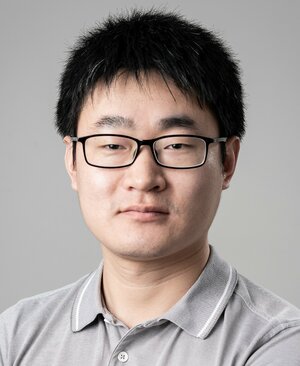
Qing Wang
Dr. Qing Wang is a tenured Assistant Professor in the Embedded Systems Group of the Department of Software Technology, EEMCS at the University of Technology Delft. His research interests include Visible Light Communication and Sensing, Embedded AI for IoT, and 6G Networking. He is co-founder of the Delft Embedded AI Lab. He co-founded OpenVLC, an open-source research platform for visible light communication and sensing networks. He is a senior member of IEEE, an executive committee member of the IEEE Benelux COM/VT Chapter, a board member of Benelux WIC, and a member of ACM.
Presentation: Enabling touch-free sensing with light for the post-COVID world
Touch-free interaction with public touchscreens could become popular in the post-COVID world. To achieve this purpose, state-of-the-art solutions mainly use cameras to capture the mid-air gestures of human beings, which is power-hungry and could raise privacy issues. In this talk, I will present an embedded AI-empowered fingertip air-writing system with light and simple photodiodes to enable low-cost in-air interactions with public touchscreens. I will also present our vision of transforming the lighting infrastructure into intelligent environments for a better life.
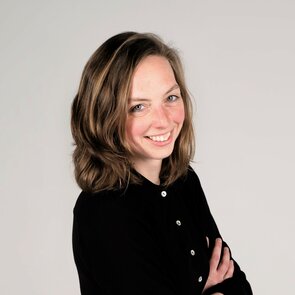
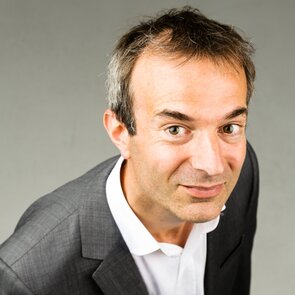
Marije te Kulve and Arjen Raue
Lighting & indoor climate specialists at bba indoor environmental consultancy
bba binnenmilieu is a consultancy firm specialized in the indoor environment and its effects on people.
Our specialization includes the themes indoor air quality, thermal indoor climate and light and view.
Dr. Marije te Kulve, is a lighting + indoor climate specialist. She did her master at TU Eindhoven, Building physics at the Faculty of Architecture and her PhD at Maastricht University, Human Biology at the Faculty of FHML Her specialism:
light and health, thermal comfort, productivity, research methodology. She is also board member Building Physics Association (NVBV)
Arjen Raue, MSc is a European Lighting Expert + indoor climate specialist. He studied Building Technology at TU Delft and at the Lighting Design Academy. His specialism is lighting, thermal comfort, climate installations, green star AP, EPA-W and EPA-U advisor. He is also a teacher PHOV, trainer indoor environment at Kerckebosch, lichtregister.NL
Presentation: Light innovations in practice
Over the past decades, LED lighting has made its large scale entrance e.g. in offices and school buildings. The main reason to implement LED lighting is its energy saving potential. However, LED also provides more options in terms of light intensity, light color and dynamics and is thereby able to better respond to both visual and non-visual lighting needs. But does that work out in practice? Have all promises come true? How do we ensure a good balance between comfort, energy and health? And what can we learn from a pilot in a Dutch government building?
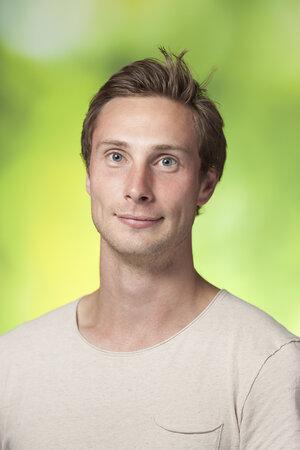
Roland van de Kerkhof
Dr. Ir. Roland van de Kerkhof, Lecturer Supply Chain Management, Tilburg University
Roland is engaged in stimulating 'smart innovation' (smart industry/smart asset management) and supporting decision-making with system-dynamics modeling. He is the theme manager Smart Industry at the Logistics Community Brabant (LCB), a project leader at World Class Maintenance (WCM), a lecturer and researcher at Tilburg University, and the chairman at SD&Co (SD&Co is a cooperative of simulation specialists that contribute to good decision-making in a complex world).
Presentation: Simulation models in healthcare
If lighting affects the strength of a hospital’s workforce and the recovery process of patients, what will be the net effect on – let’s say – the workload of the hospital’s workforce? Since behavioral dynamics affect operational processes in a hospital, understanding and quantifying the effects can benefit from a system analysis. In this presentation, we present experiences from a recent system dynamics simulation project in the Amphia Hospital and discuss the usefulness of a system’s perspective for analyzing the societal and economic effects of lighting in hospitals.
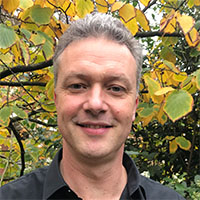
Martijn Dollé
RIVM – Centre for Health Protection, Dutch National Institute for Public Health and the Environment.
Presentation: Light, health and safety in night shift workers
Night shift work predisposes to health risks, such as fatigue, overweight, cardiovascular disease, diabetes and possibly cancer, and safety concerns. Interference with the normal circadian rhythm is a likely cause. Effective interventions to abate these risks are desired for essential 24-hour services and growing 24-hour economies. Potential intervention strategies and two national trials in preparation will be outlined.
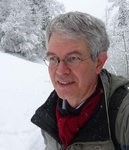
Jean-Paul Linnartz
Prof. Jean-Paul Linnartz (Signify Research and ILI TU/e Signal Processing Systems group, Lighting and IoT Lab, Center for Wireless Technology Eindhoven)
Jean-Paul Linnartz is Part-time Professor in the Signal Processing Systems group. He focuses on algorithms for intelligent lighting systems and wireless communication networks. He is also an internationally recognized thought leader in the field of security with noisy data. Linnartz holds more than 75 granted patents. His publications about electronic watermarks, anonymous biometrics, radio communications (OFDM, MC-CDMA, random access) and Optical Wireless Communication have been cited more than 11,000 times. His research ideas are exploited in three successful ventures. As Senior Director at Philips Research, he headed research groups on security, wireless connectivity and IC design. At Signify (Philips Lighting), he leads the research on LiFI.
Presentation: Tracking and modelling circadian rhythms in personalized human centric lighting
Mathematical models for the effects of light are increasingly used to optimize light settings or to make Human Centric Lighting “personal”. Chronobiological models appear to be very effective but required adaptations to work with uncertainties, such as human intervariability and sensor limitations. This gives new approaches to use light and lighting to improve health and wellbeing, and to translate findings into transferable impactful innovations.
